As a BetterHelp affiliate, we receive compensation from BetterHelp if you purchase products or services through the links provided
Air travel has become a routine for many of us, but let’s face it – flying can be terrifying, especially when the plane starts shaking uncontrollably. Turbulence can make even the bravest flyers feel uneasy. In this article, we want to help you overcome the fear of turbulence by sharing some useful tips and information that will make your next flight a lot less stressful and a lot more enjoyable.
Understanding the science behind turbulence can help mitigate the fear and anxiety of experiencing it. In short, turbulence is a natural occurrence in the Earth’s atmosphere, and it is a byproduct of the weather systems that planes encounter as they travel through the skies. Knowing this, it’s essential to recognize that pilots, aircraft engineers, and the aviation industry are well-prepared and equipped to handle turbulence safely.
Alongside understanding the science of turbulence, adopting various coping strategies can help alleviate any anxiety you may feel when flying. Techniques such as deep breathing, meditation, and finding distractions during the flight can assist in calming nerves and allowing you to focus on other aspects of your journey. By focusing on your mental well-being and arming yourself with facts, you can face turbulence confidently and without unnecessary apprehension.
Key Takeaways
- Gaining an understanding of turbulence can help ease anxiety related to air travel
- Aircrafts, pilots, and the aviation industry are well-prepared to handle turbulence safely
- Utilizing coping strategies such as deep breathing and distraction can aid in calming fears
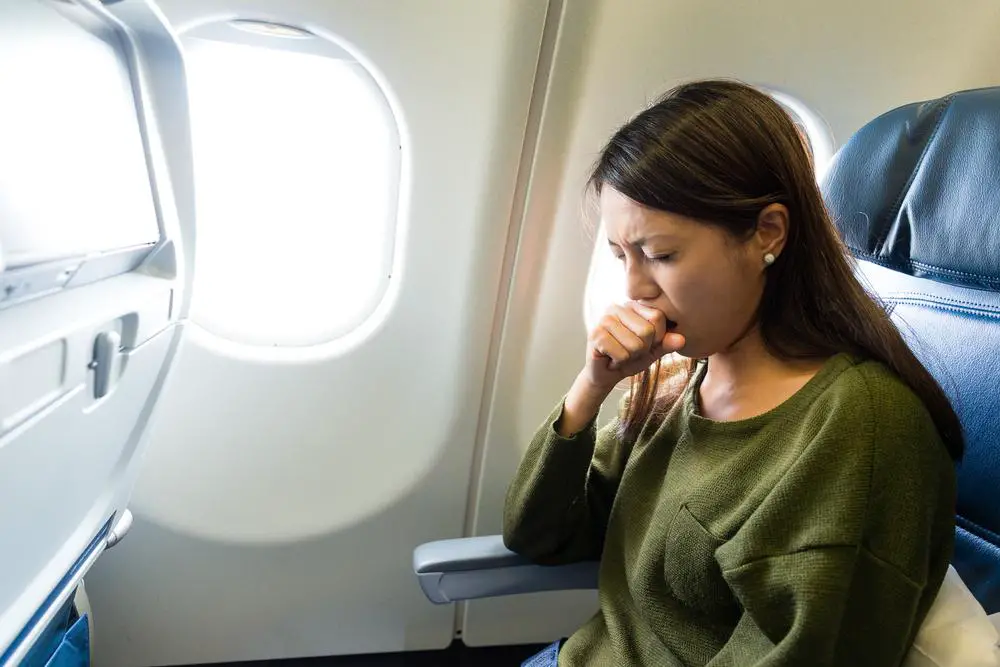
Understanding Turbulence
Turbulence is a natural phenomenon that can occur during flights, and understanding its causes can help alleviate anxiety about it. It’s primarily caused by wind and the Earth’s rotation, which creates atmospheric currents. In most cases, turbulence is harmless and more akin to a bumpy car ride than a threat to your safety.
Several factors contribute to turbulence, including storms, jet streams, and rough air. Jet streams are high-altitude air currents that flow from west to east, affecting your flight as the airplane moves through them. Storms can also lead to turbulence, as they cause significant changes in air pressure and movement. Lastly, rough air or unexpected turbulence may occur due to altitude changes, the Earth’s linear speed, and centrifugal force.
Severe turbulence, while rare, does happen sometimes. The good news is that modern aircraft are designed to withstand even the most severe turbulence. The chances of encountering turbulence severe enough to cause injury are exceedingly low. Nevertheless, it’s important to keep your seatbelt fastened during the entire flight as a precaution.
In summary, turbulence is a common aspect of flying caused by various natural factors, such as wind, storms, and the Earth’s rotation. While it may be uncomfortable, remember that it is a natural phenomenon, and aircraft are designed to handle it. Next time you encounter turbulence on a flight, take comfort in the knowledge that it’s simply part of the journey and trust in the robustness of modern airplanes.
The Real Risks and Dangers
Regarding turbulence anxiety, it’s essential to understand the risks and dangers associated with flying. Turbulence, while uncomfortable, is generally not dangerous. Most injuries during turbulence result from passengers not wearing their seat belts when the “Fasten Seat Belt” sign is on. So, always keep your seat belt fastened while seated.
Now, let’s address some common misconceptions:
- Hospital visits: Turbulence-related injuries requiring hospital visits are quite rare. According to research, you’re more likely to be injured in the airport parking lot than due to in-flight turbulence.
- Dangers of flying: Statistically speaking, flying is one of the safest modes of transportation. The chances of being in a plane crash are around 1 in 11 million. Comparatively, the odds of being involved in a car accident are significantly higher – around 1 in 5,000.
- In-flight dangers: Most issues are minor (e.g., spilled drinks, bumps, and bruises). Severe incidents, such as structural damage to the plane, are exceedingly rare.
Here’s a quick takeaway: Don’t let worries about turbulence overshadow the fact that flying is incredibly safe. Focus instead on enjoying the journey and know that turbulence is merely a temporary discomfort.
Remember, when turbulence does occur, it’s important to remain calm and trust in the skill of the pilots and the aircraft’s built-in safety features. By understanding the real risks and dangers, you can ease your anxiety and enjoy a more relaxed flying experience.
 Aircrafts and Turbulence: Designed for Safety
Aircrafts and Turbulence: Designed for Safety
Modern Aircraft
Modern aircraft are built with safety as a top priority. Engineers and the Federal Aviation Administration (FAA) constantly strive to improve aircraft design, using advanced technology and materials to ensure planes can withstand turbulence safely. This includes advanced sensors that help pilots detect and navigate around turbulent areas. Commercial aircraft can usually fly at high altitudes, avoiding most pockets of turbulence altogether.
Here’s a key takeaway: Modern aircraft are engineered with systems to handle turbulence and keep you safe during bumpy flights.
Seat Belts and Safety Procedures
During a flight, it’s crucial to follow safety procedures and always wear your seat belt. The seat belts in airplanes are specifically designed to keep you secure during turbulence. Even though severe turbulence is quite rare, it’s essential to be prepared and follow the guidelines provided by the flight crew. Remember, flight attendants are there for your safety and are trained to handle turbulence situations.
- Always fasten your seat belt: Whether turbulence is expected or not, it’s a good practice to keep your seat belt fastened throughout the flight. This way, you’ll be prepared if unexpected turbulence occurs.
- Listen to the crew: Pay attention to any announcements from the flight crew regarding turbulence and follow their instructions promptly.
- Store your belongings: Ensure your carry-on items are properly stowed, as loose items can become projectiles during turbulence.
A comforting thought to keep in mind is that airplanes are built to handle a lot more than simply turbulence. Rest assured that aircraft are well-equipped and regularly maintained to ensure passenger safety.
So, next time you find yourself on a bumpy flight, remember these essential safety procedures and trust that modern aircraft are specifically designed to keep you safe through any turbulence.
The Role of Pilots and their Trained Responses
Remember that pilots are highly trained professionals who have dedicated thousands of hours to becoming experts at managing all phases of flight, including taking off, climbing, descending, and navigating turbulence. They constantly communicate with air traffic control, which helps them anticipate and avoid turbulent weather.
By understanding that pilots are experienced and equipped to handle turbulence, you can feel more at ease during your flight. Some airlines are even part of the Turbulence Aware Program, which enhances pilots’ awareness and knowledge of turbulence events and helps them prepare for unexpected bumps. They may also adjust the plane’s speed or altitude to reduce discomfort.
Here are a few key points to remember:
- Pilots are experts: Rest assured that your pilot is skilled and experienced in handling turbulence.
- Communication: Pilots are in contact with air traffic control, providing them with essential information about weather conditions.
- Safety First: The primary focus of pilots and air traffic control is your safety, so they are vigilant in monitoring and reacting to turbulence.
- The Turbulence Aware Program: Several airlines are part of this program, which helps pilots better anticipate turbulence and make necessary adjustments.
Put your trust in the hands of these trained professionals. They do everything in their power to ensure a smooth and safe journey. When turbulence occurs, remember that this is a normal part of the flying experience. Take a deep breath, and remind yourself that your pilot is skillfully guiding you and the plane through the air.
 Understanding Fear and Anxiety While Flying
Understanding Fear and Anxiety While Flying
Flying can be an intimidating experience, especially if you’re prone to anxiety or have a fear of turbulence. In this section, we’ll explore the reasons behind these fears and provide some valuable coping strategies to help you feel more at ease during your next flight.
Confronting the Fear
Fear of flying is a common phobia triggered by various factors, such as the sensation of not being in control, concerns about airplane safety, or even the fear of heights. For some, the root of this fear stems from the body’s natural alarm system – the sympathetic nervous system. When confronted with an unfamiliar or distressing situation, like turbulence, the nervous system may go into overdrive, making us feel more anxious or fearful.
One way to address this fear is through high-level thinking. When you’re aware of your anxiety and its triggers, you can take proactive steps to ease your distress. A therapist may help you identify the factors contributing to your fear of flying and recommend exposure therapy. This process involves gradually facing your fears until they no longer feel threatening.
Coping Strategies
Here are some practical techniques to help manage your anxiety while flying:
- Educate yourself about turbulence: Knowing turbulence is a normal and harmless part of flying can help ease your fears. Turbulence is simply the result of air currents and changes in wind speed, and it’s usually not dangerous.
- Practice deep breathing: Engaging your parasympathetic nervous system through deep, controlled breaths can help calm your nerves. Try taking slow, deep breaths through your nose and out through your mouth.
- Use grounding methods: Focusing on physical sensations can help bring you back to the present moment and keep your mind from racing. Hold onto your armrests, visualize your feet on the ground, or feel the texture of the seat fabric to help you feel more grounded.
- Distract yourself with onboard entertainment: Keep your mind occupied with movies, music, or a good book to take your attention away from your anxiety.
Key takeaway: Recognizing and understanding the root of your fear, coupled with practical coping strategies, can help you manage your anxiety during flight turbulence. Remember: knowledge is power, and the more you learn about flying and turbulence, the better you’ll be to face these challenges head-on.
 Common Coping Techniques for Turbulence
Common Coping Techniques for Turbulence
Experiencing turbulence on a flight can be pretty unsettling, especially if you’re already prone to anxiety. Thankfully, several coping techniques can help you stay calm and focused. Let’s explore some of these strategies.
Breathing exercises: One of the easiest and most effective ways to manage turbulence anxiety is practicing deep breathing. This technique helps slow your heart rate, allowing your body to relax. Try inhaling deeply for four counts, holding the breath for four, and exhaling for four. Repeat this process until you notice a sense of calm.
Focus on an activity: Distracting yourself with a pleasant activity during turbulent moments can take your mind off the situation. Engage in a conversation with a fellow passenger, listen to music, or immerse yourself in a book. These activities help you stay present and entertained, reducing your anxiety.
- Pen and paper: Having a pen and paper handy allows you to doodle, write, or even make a list of things you’re grateful for – a simple yet effective way to refocus your mind.
Gain knowledge about turbulence: Familiarize yourself with the nature of turbulence to reduce the fear associated with it. Remember that turbulence is a regular occurrence and not a safety concern. Educating yourself on this fact can help assuage your anxiety.
Finally, always remind yourself that you’re in good hands with experienced pilots and cabin crew who are trained to handle any turbulence-related situations. Stay positive, practice these techniques, and you’ll be on your way to a calmer flying experience.
Overcoming Jet Lag and Anxiety
Jet lag can be a real challenge for travelers, but don’t let it dampen your excitement for the journey ahead. To address jet lag, it’s all about getting your body’s internal clock synchronized with the new time zone. Remember that eastward travel is often associated with an increased likelihood of jet lag.
- Stay hydrated: Keeping yourself well-hydrated throughout the trip can help your body adjust more quickly.
- Sunlight exposure: Spending time outdoors and getting natural sunlight can help your body adapt to the new time zone.
- Gradual adjustment: Before your trip, adjust your sleep schedule to match your destination time zone.
Now, let’s focus on overcoming flying anxiety. It’s pretty common; in fact, around 40% of people experience some anxiety when flying. But don’t worry; there are ways to help manage it:
- Breathing exercises: Practice diaphragmatic breathing to help you stay calm during your flight.
- Distraction: Bring a book or download your favorite movies or music to help distract yourself during takeoff, landing, or turbulence.
- Familiarize yourself with the process: Learn about the flight procedures and what causes turbulence. Knowing what’s happening can help demystify the experience and make you feel more comfortable.
When overcoming jet lag and anxiety, it’s crucial to understand that they might affect your journey. Still, with these helpful tips and a willingness to face them head-on, you’ll be well-prepared to handle the challenges and enjoy your trip fully. Remember, the key takeaways here are preparation, understanding, and staying proactive in managing your physical and mental well-being throughout your travel experience.
The Role of Aviation News and Alarm Raising Reports
Sometimes, aviation news might contribute to your turbulence anxiety. Unfortunately, not all reporters are pilots or have enough aviation expertise to cover the subject matter accurately. This can result in clickbait headlines and exaggerated reports to grab your attention.
For instance, you might find news articles about an emergency landing, such as the Lufthansa flight that made headlines. However, such incidents, when accurately reported, are rare and often resolved safely. According to IATA (International Air Transport Association), air travel remains one of the safest modes of transportation.
To put things into perspective, here are a few tips to ensure alarm-raising reports do not overly influence you:
- Evaluate the news source: Before believing any scary aviation news, consider the credibility and expertise of the source. Look for experienced aviation journalists or websites dedicated to providing accurate information.
- Look for a second opinion: If you’re worried about a particular news story, don’t just rely on one source. Try to find corroborating information from different news outlets and look for expert opinions on the subject.
- Focus on facts: When looking for information about turbulence or flying safety, use reliable sources like IATA or FAA (Federal Aviation Administration) websites. They offer a wealth of data, statistics, and guidelines that can help you understand the risks involved in flying.
- Stay informed: Learning more about turbulence and its reasons can help dispel some of your fears. Remember that most turbulence is just clear-air turbulence, meaning it’s not necessarily a sign of an impending danger.
Remember, being a thoughtful and informed reader will help you separate facts from alarm-raising reports and reduce your anxiety around turbulence.
Turbulence and its Connection to Global Changes
Temperature and Turbulence
Turbulence can be directly related to temperature changes in the atmosphere. When temperatures fluctuate, it creates an unstable environment where air masses at different temperatures can mix, leading to turbulence. For example, when the sun heats the ground, pockets of hot air can rise and create so-called thermals. These thermals can affect aircraft flying at lower altitudes, like hot air balloons.
As the earth’s temperature continues to change due to global warming, it’s possible that turbulence could become more common and intense. When flying near the equator, where temperatures are higher, you might experience more turbulent flights as warm, moist air from the surface rises and mixes with cooler air in the upper atmosphere. Remember that staying aware of weather patterns and being informed about your travel can help you mentally prepare for possible turbulence.
Key takeaway: Fluctuating temperatures can create turbulence, and depending on your flight’s route, you may be more likely to experience bumpy conditions.
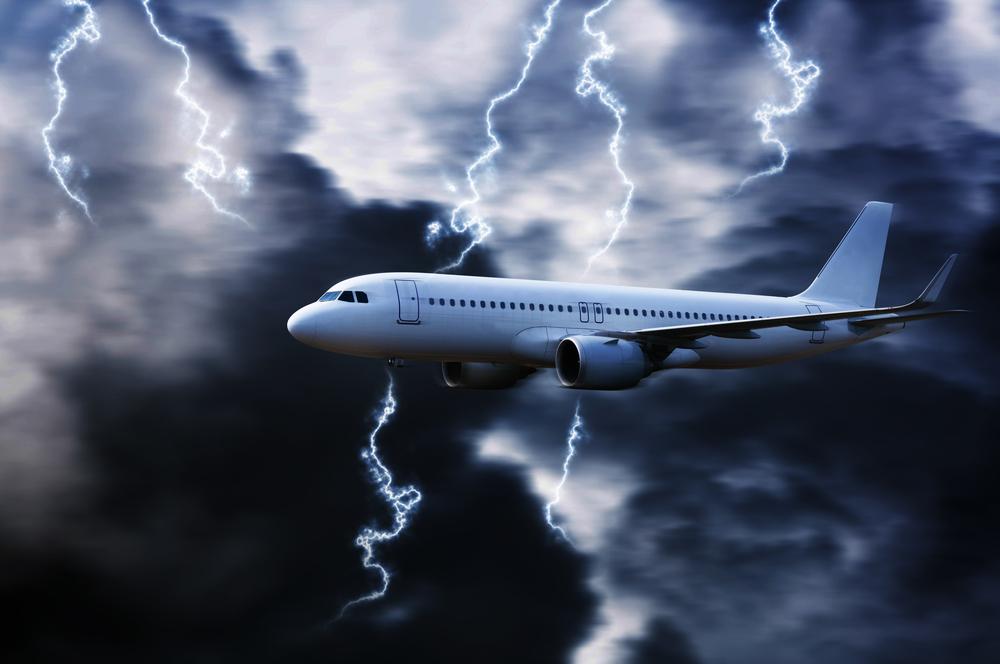
Turbulence and Jet Streams
Jet streams are fast-flowing air currents at high altitudes, which can significantly impact the smoothness of a flight. They exist due to the temperature difference between the ground level and the upper atmosphere. Weather disruptions can cause sudden changes in the jet streams, and flying close to or through these currents can lead to turbulence.
When the air moves unpredictably, it can create a “fulcrum point” where the changing air patterns generate turbulence. Knowing the role of jet streams in causing turbulence can help you stay calm during a bumpy flight, and remember that these conditions are natural occurrences in our ever-changing environment.
Key takeaway: Jet streams can also cause turbulence; being aware of their influence on your flight experience can help you relax and enjoy the journey.
Remember to maintain a friendly and empathetic approach while providing authoritative information about turbulence and global changes. By using various sentence structures, lists, bullet points, and transitional phrases, you can keep your readers engaged and better convey your knowledge.
Frequently Asked Questions

What can I do to reduce my anxiety during turbulence?
One way to reduce anxiety during turbulence is to remind yourself that it’s a normal part of flying. Planes are built to withstand turbulence, so understanding this could help relax your mind. Additionally, focusing on your breath can bring a sense of calm and help you regain control of your emotions. Deep breathing exercises and closing your eyes are beneficial.
Key takeaway: Trust the plane’s design and breathe.
Are there any relaxation techniques for dealing with turbulence fear?
Absolutely. You can try techniques such as grounding, progressive muscle relaxation, and mindfulness meditation. These exercises can help you stay present and focused on your body rather than the turbulence. Listening to calming music, a podcast, or an audiobook can also help distract you from the bumpy ride.
Key takeaway: Engage in grounding and relaxation exercises.
How can I prepare myself before a flight to minimize turbulence anxiety?
Preparing yourself mentally and physically can help. Ensure you get a good night’s sleep before your flight, avoid caffeine, and consider wearing comfortable clothes. It’s also helpful to research the route your flight will take and familiarize yourself with standard turbulence patterns. Have some relaxation techniques in mind if you experience unavoidable turbulence.
Key takeaway: Rest up, dress comfortably, and know your route.
Do pilots and flight attendants have any advice for handling turbulence anxiety?
Flight attendants often suggest focusing on the fact that planes are built to withstand turbulence. They also advise passengers to look at the flight crew during turbulence for reassurance; it’s their job to remain calm and composed. Observing their actions and demeanor can help you feel more secure.
Key takeaway: Take cues from the flight crew.
What factors contribute to turbulence, and how dangerous is it?
Weather, jet streams, air temperature, and the surrounding terrain cause turbulence. Although turbulence can feel uncomfortable and frightening, it is usually not dangerous. Planes undergo extensive testing and are built to handle typical turbulence encounters. Severe turbulence is extremely rare, and pilots are trained to avoid it.
Key takeaway: Turbulence is typically not dangerous, and planes are built to endure it.
Can understanding more about turbulence help ease my concerns?
Knowledge is power, and learning more about turbulence and how planes are designed to handle it can help alleviate your fear. You can also focus on understanding that your response to turbulence is a natural, albeit sometimes irrational, fear. Acknowledging the fear and reminding yourself of the facts can minimize anxiety.
Key takeaway: Increase your knowledge of turbulence to help soothe your worries.
About Jacob Maslow
After surviving the traumatizing events of 9/11, I took it upon myself to heal through helping others. I’m the primary caregiver of my children and understand from first-hand experience the lonely paths you have to walk as a partner and parent when leaving an unhealthy relationship.
We’re all echoing in a dark space that doesn’t have to be this empty, and that’s been my mission since finding solace and recovery in therapy: To help comfort others who are still in shock and at the prime of their struggle.
I came across BetterHelp after searching for this type of community. I wanted to belong to a body of proactive therapists and supportive therapy veterans that allowed me to see other sides of the story.
It was unconventional, and that’s what attracted me most. During my most challenging times, when my ex-wife completely cut me off from my children, I found comfort and clarity through BetterHelp.
Instead of being chained to a strict therapist recommendation, I was in charge of who I felt understood my struggle most. That allowed me to find my true peace, as I was reunited with those who read behind my words and had first-hand experience with my trauma.
Recovery is a choice; with BetterHelp, that choice will be a few clicks away. You can join their couples-oriented platform, Regain.us, for those stuck with family estrangement and toxic relationship patterns.
- 7 Ideas to Help You Relax and Unwind on a Family Vacation - April 27, 2025
- How Having Cybersecurity Protection Helps You Relax - April 25, 2025
- 8 Reasons Why Spending Time Outside Calms You Down - April 25, 2025
This site contains affiliate links to products. We will receive a commission for purchases made through these links.

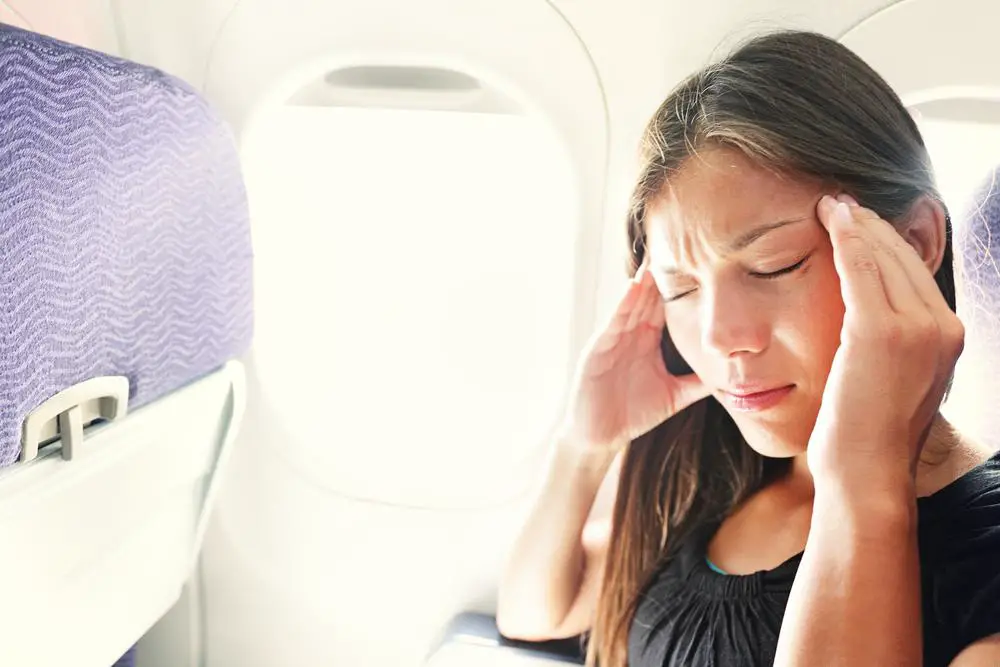
 Aircrafts and Turbulence: Designed for Safety
Aircrafts and Turbulence: Designed for Safety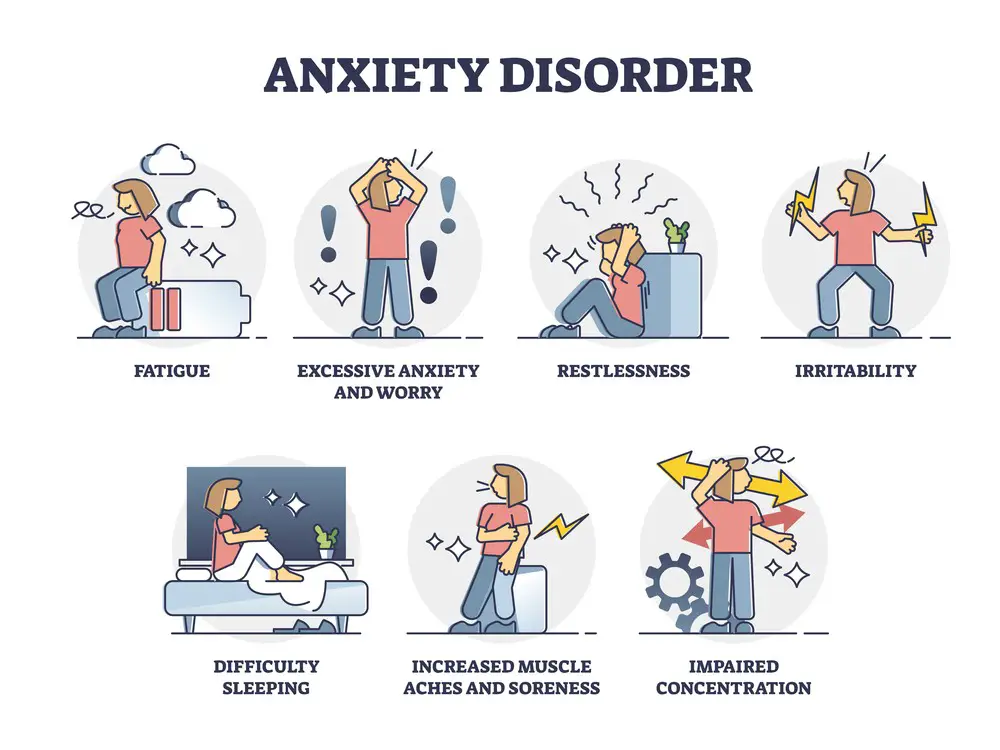 Understanding Fear and Anxiety While Flying
Understanding Fear and Anxiety While Flying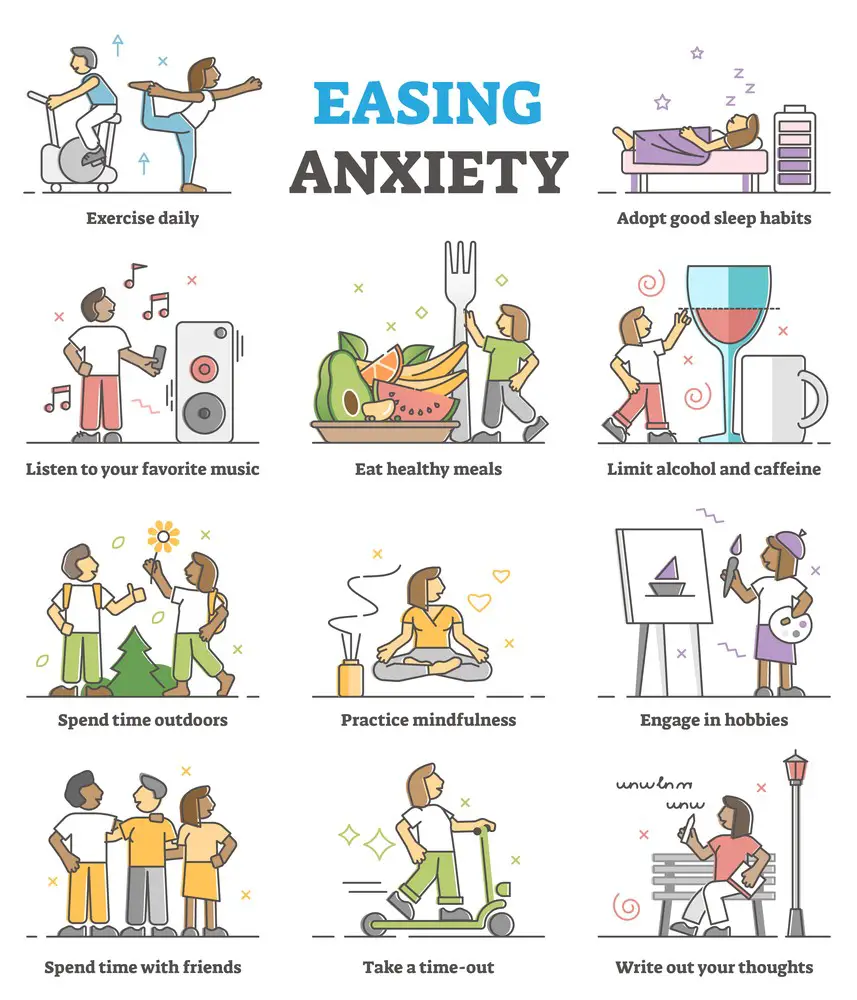 Common Coping Techniques for Turbulence
Common Coping Techniques for Turbulence
